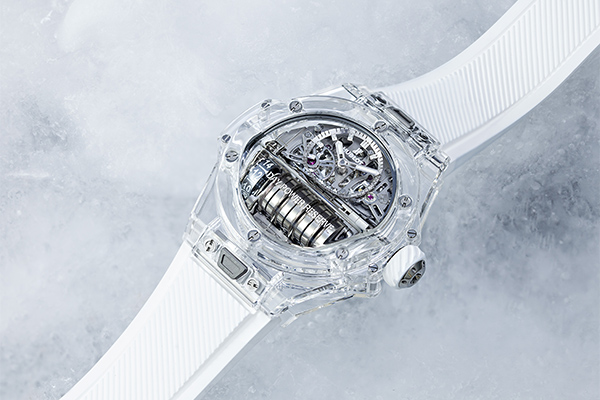A truly beautiful idea: to celebrate the transparency and light promised by a sapphire case, Hublot organised a retrospective of its "Sapphire" collections as a cruise in Paris. The 360° concept notably featured the transparency of water and the glow of the City of Light, all experienced aboard a boat – representing an entirely apt choice for a brand named Hublot, the French word for porthole.
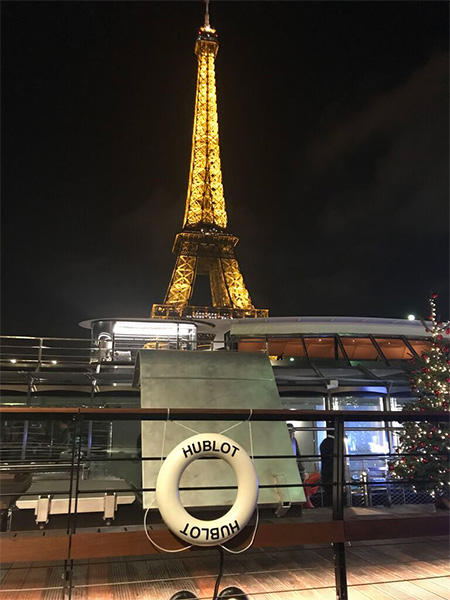
A path first explored in 1996
The Nyon-based manufacturer has accumulated a wealth of experience in the field of sapphire crystal cases. It was not the first to do so, since the independent watchmaker Alain Silberstein had in fact paved the way more than 20 years ago (1996) with the "Krono", featuring a monobloc sapphire crystal case and glass, also complemented by sapphire pushers. This represented a true feat at the time and was already made possible by the expertise of the Swiss company Stettler Sapphire, which remains a key player in the field today.

Hublot's strength lies in having taken sapphire crystal cases to a previously unimaginable level of sophistication in 2016, exactly 20 years after Alain Silberstein. The first Big Bang partially reflected Jean-Claude Biver's motto: to be the first, different and unique. In 2016, no one knew how to make such a complex case composed of multiple parts as thick as those of the first Big Bang Sapphire.
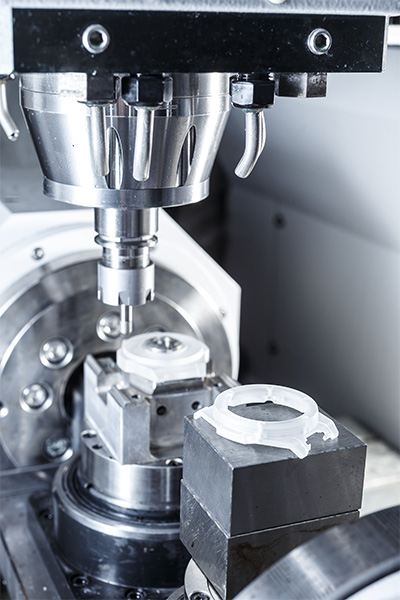
The delicate art of transparency
This issue of case thickness is significant: the thicker it is, the more difficult it can prove to guarantee its perfect translucency – free of air bubbles and alterations to the material such as cracks or milky effects. What was true for the first Big Bang Sapphire in 2016 became even more so when the following models began to feature colours. The question of the homogeneity of these hues became critical. In 2017, a first Big Bang Sapphire Blue appeared – perfectly homogeneous and every bit as sturdy as translucent cases.
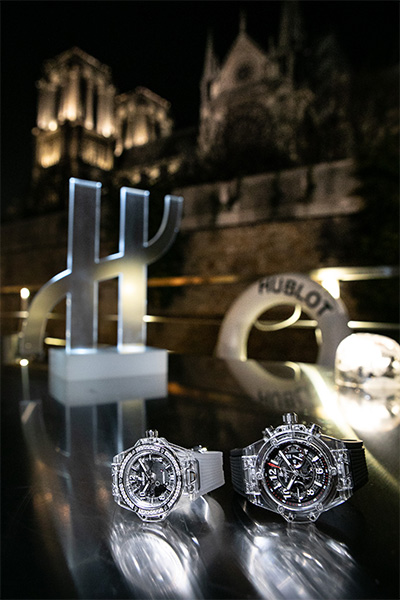
A burst of colours
From then on, a veritable rainbow began to unfold on the sapphire of Big Bang models, with the progressive appearance of pink, purple, red and black variations. Nonetheless, the remaining as yet uncharted territory could well include models combining sapphire elements in different colours. It might indeed be a good idea to disrupt the homogeneity of monochrome cases.
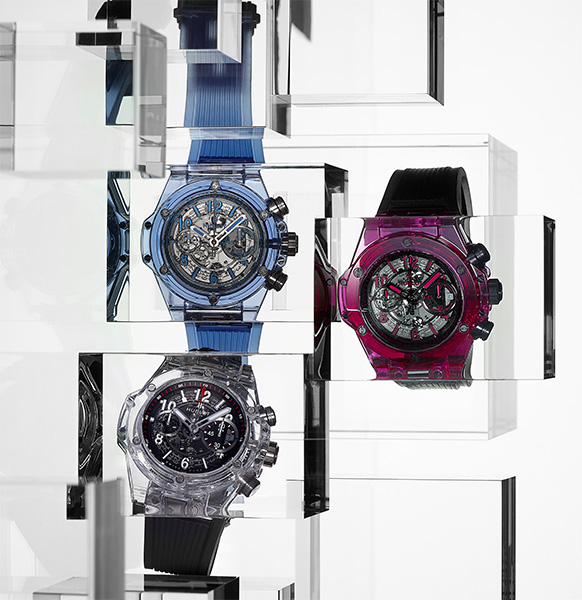
There are also certain colours that have yet to be introduced. One can imagine that yellow is a tricky choice and might end up acquiring an unwelcome milky appearance. The same would apply to white, grey and a wide range of light shades.
Finally, it is fascinating to imagine sapphire cases with inclusions: sand, gold, silver flecks, etc. The idea would be to reproduce the rendering of aventurine glass in a modern material. Hublot's creativity would undoubtedly be put to good use in including the most improbable materials!
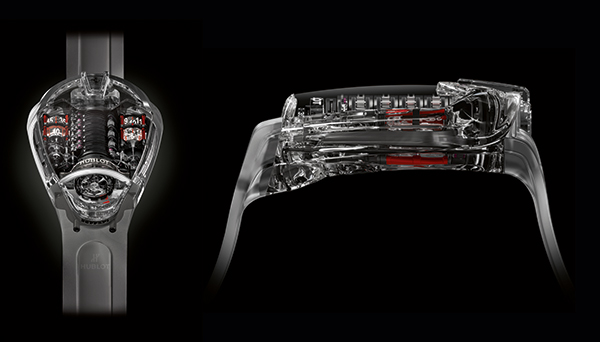
Meanwhile, Hublot is exploring other avenues, in particular the complexity of its cases. In tackling its Masterpiece series, the Manufacture has so far scaled new heights of structural complexity through four models: two MP-05 ("LaFerrari") versions, one MP-07 and one MP-11. The exercise is brilliant, yet certain options remain untapped – in particular the sapphire pushers that Alain Silberstein had imagined more than 20 years ago. And if sapphire is so resistant, why not also create a sapphire bracelet buckle?
